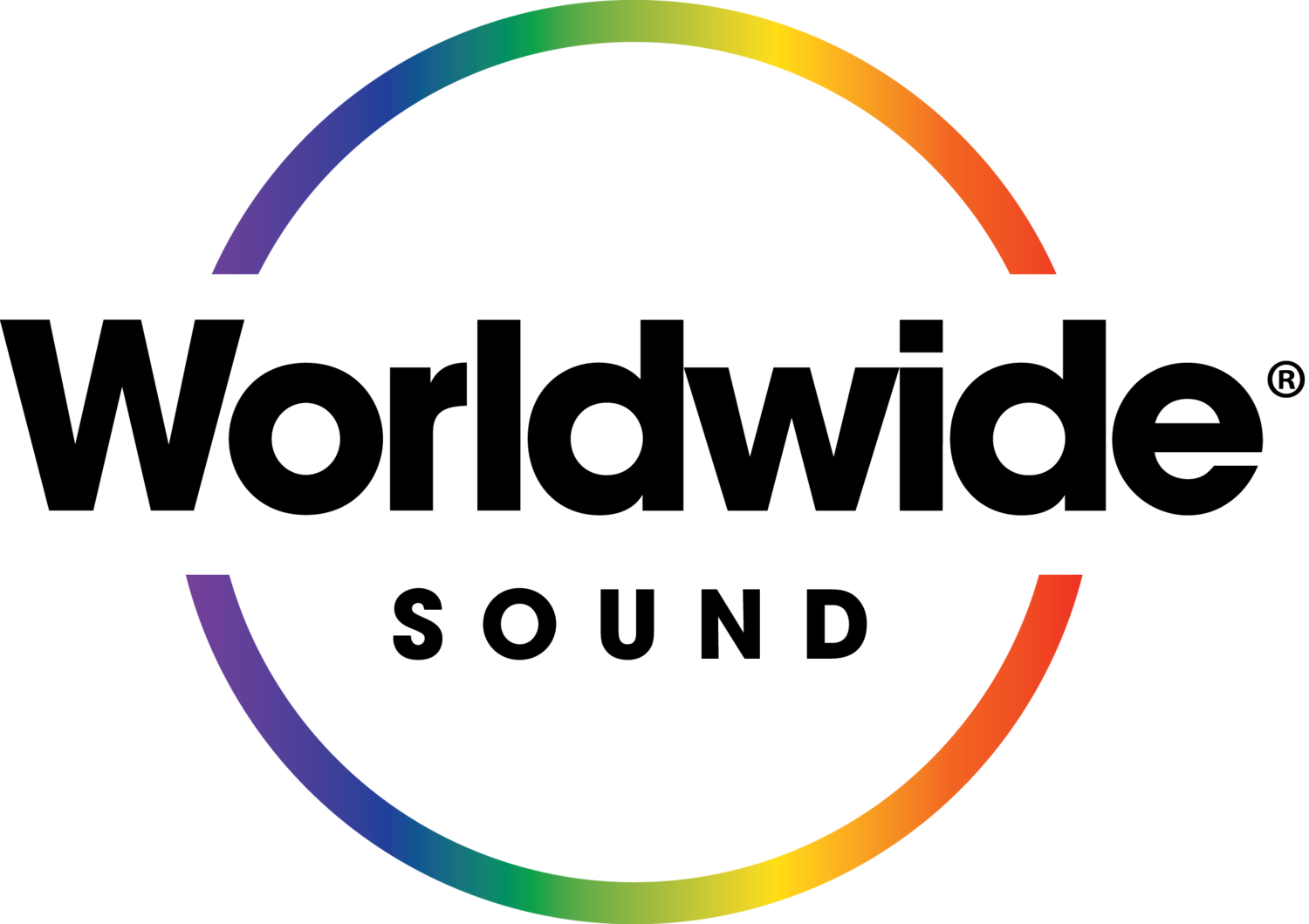From Footwork to Freedom: A History of Shuffle Dancing
Shuffle dancing, with its dynamic footwork and infectious energy, has become a global phenomenon. But its story is deeply intertwined with the pulsating rhythms of house music and the electrifying energy of raves. Let's look into the history of shuffle dancing, uncovering its fascinating journey from underground expression to a dance form perfectly suited to house music's driving beats.
Early Footsteps: The Harlem Renaissance, Jitterbugging, and the House Music Connection
The roots of shuffle dancing can be traced back to the early 20th century, specifically the Harlem Renaissance. The "Running Man" move, a fundamental element of shuffle, is believed to have originated from this era. However, the story takes a crucial turn with the birth of house music in Chicago's underground clubs in the 1980s.
House music, characterized by its four-on-the-floor kick drum and hypnotic synth lines, demanded a dance style that could match its energy. Jitterbug's fast footwork and improvisational spirit offered a perfect starting point. Early house dancers like Frankie Knuckles and Marshall Jefferson began incorporating elements of footwork and glides into their routines, creating a more streamlined and rhythmic expression.
The 80s Spark: Electro, Breakdancing, and the Melbourne Shuffle
Meanwhile, the rise of electronic music, particularly electro and Miami bass, provided additional influences. Breakdancing, with its downrock footwork, became another key factor. In Melbourne, Australia, a distinct shuffling style began to emerge in the late 80s, characterized by a syncopated rhythm and a focus on intricate footwork patterns. This nascent style, eventually known as the Melbourne Shuffle, incorporated elements of house music's driving beat, creating a dance style perfectly suited to the genre's energy.
Photo by Brayten Bowers
The 90s Underground: Raves, Club Culture, and Freestyle Fusion
The 1990s saw shuffle dancing move from the fringes to the heart of the burgeoning rave scene. Raves, characterized by all-night dance parties fueled by house and techno music, became a breeding ground for experimentation. Dancers incorporated elements of hip-hop, freestyle, and even gymnastics, creating a diverse and dynamic dance form that perfectly complemented the pulsating rhythms of house music.
The Digital Shuffle: YouTube, Globalization, and Viral Stardom
The early 2000s witnessed a pivotal shift. The rise of YouTube and social media platforms provided a global stage for shuffle dancers. Videos showcasing intricate footwork routines and high-energy performances set to house and techno tracks went viral, propelling shuffle dancing into the mainstream consciousness.
Shuffle's Lasting Legacy: A Perfect Match for House Music
Shuffle dancing's evolution is intrinsically linked to house music. From its early roots in Chicago to its global explosion on dance floors, shuffle has always thrived on the driving rhythms and infectious energy of house. It's a testament to the synergy between music and dance, where one inspires the other, creating a unique and captivating experience. So, the next time you hear a pulsating house beat or find yourself at a rave, keep an eye out for the shufflers. Their dynamic footwork is a living embodiment of the music's infectious rhythm and a celebration of house music's enduring legacy.

